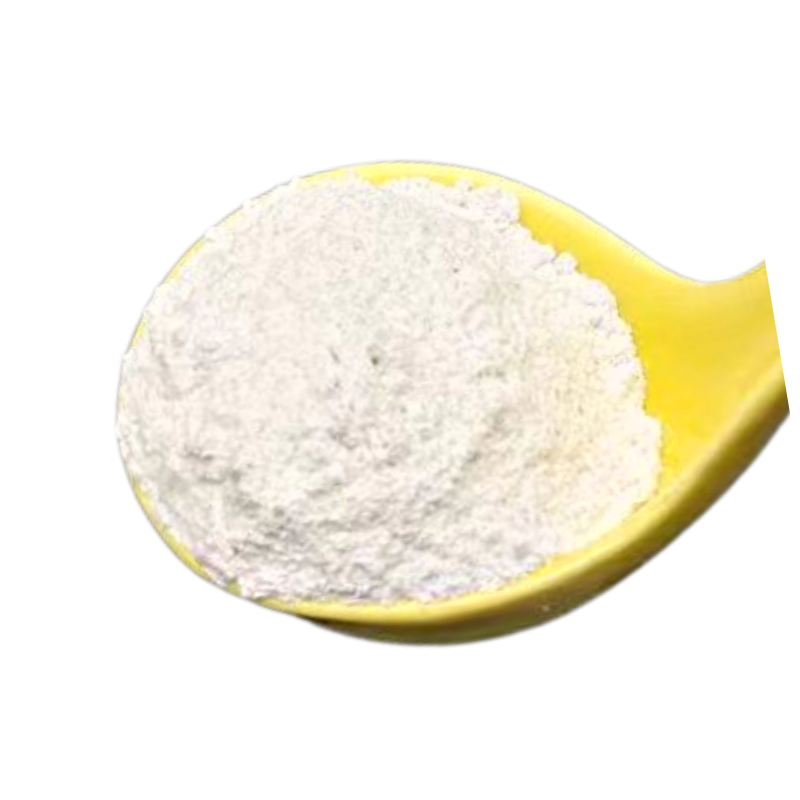
Exploring the Applications and Benefits of Silicon Carbide in Modern Technology
Silicon Carbide A Versatile Material for Modern Applications
Silicon carbide (SiC) is a compound semiconductor that has garnered significant attention in recent years due to its remarkable properties and versatile applications across various industries. The unique combination of mechanical strength, thermal conductivity, and electric field breakdown strength makes silicon carbide a material of choice for applications ranging from power electronics to advanced ceramics.
Properties of Silicon Carbide
One of the defining characteristics of silicon carbide is its exceptional thermal stability. SiC can withstand high temperatures, making it suitable for high-power and high-temperature applications where conventional materials would fail. For instance, silicon carbide devices can operate efficiently at temperatures exceeding 200°C, which is a significant advantage over traditional silicon-based devices that typically have a maximum operational threshold of around 150°C.
Moreover, silicon carbide boasts a wide bandgap of approximately 3.3 eV, compared to silicon's 1.1 eV. This wide bandgap enables SiC devices to handle higher voltages and currents while reducing energy losses. These properties lead to improved efficiency in power conversion and management, which is especially crucial in renewable energy systems and electric vehicles (EVs), where efficient energy usage is a priority.
Applications in Power Electronics
The power electronics industry greatly benefits from silicon carbide's superior properties. SiC power devices are increasingly used in various applications, including photovoltaic inverters, electric vehicle chargers, and motor drives. The efficiency of SiC-based devices leads to reduced heat generation, which often allows for more compact designs and lower cooling requirements. For instance, SiC MOSFETs (Metal-Oxide-Semiconductor Field-Effect Transistors) can operate at higher frequencies and voltages than their silicon counterparts, resulting in lighter and more efficient systems.
silicon carbide cas

In electric vehicles, the integration of silicon carbide can significantly enhance overall performance. SiC-based power modules not only contribute to higher energy efficiency but also improve the driving range by reducing energy losses during power conversion. This shift towards SiC technology aligns with the automotive industry's push for greener solutions and the broader goal of promoting sustainable energy sources.
Advancements in Manufacturing
As demand for silicon carbide components continues to rise, advancements in manufacturing techniques are crucial for scaling production and reducing costs. Historically, the growth of high-quality SiC crystals has been a challenge. However, recent developments in crystal growth methods, such as the Physical Vapor Transport (PVT) and Hydride Vapor Phase Epitaxy (HVPE) techniques, have led to improved wafer quality and size. Efforts are also underway to develop cost-effective processes for producing SiC substrates, making the material more accessible for mainstream applications.
The Future of Silicon Carbide
Looking ahead, the future of silicon carbide appears promising. The ongoing research and development efforts aim to explore new applications beyond power electronics. For instance, SiC is being studied for use in advanced ceramic materials, high-temperature sensors, and even cutting tools due to its hardness and thermal properties. Furthermore, as the world increasingly shifts towards electrification and renewable energy, silicon carbide's role is likely to expand, positioning it as a cornerstone material in the transition to a more sustainable future.
In conclusion, silicon carbide is a remarkable material that embodies the innovative spirit of modern engineering. Its unique combination of properties allows for significant advancements in power electronics and beyond, paving the way for a more energy-efficient and environmentally friendly world. As research continues and manufacturing processes improve, silicon carbide is poised to play a vital role in the technologies of tomorrow.
Share
-
Premium Pigment Supplier Custom Solutions & Bulk OrdersNewsMay.30,2025
-
Top China Slag Fly Ash Manufacturer OEM Factory SolutionsNewsMay.30,2025
-
Natural Lava Rock & Pumice for Landscaping Durable Volcanic SolutionsNewsMay.30,2025
-
Custom Micro Silica Fume Powder Manufacturers High-Purity SolutionsNewsMay.29,2025
-
Custom Mica Powder Pigment Manufacturers Vibrant Colors & Bulk OrdersNewsMay.29,2025
-
Custom Micro Silica Fume Powder Manufacturers Premium QualityNewsMay.29,2025






